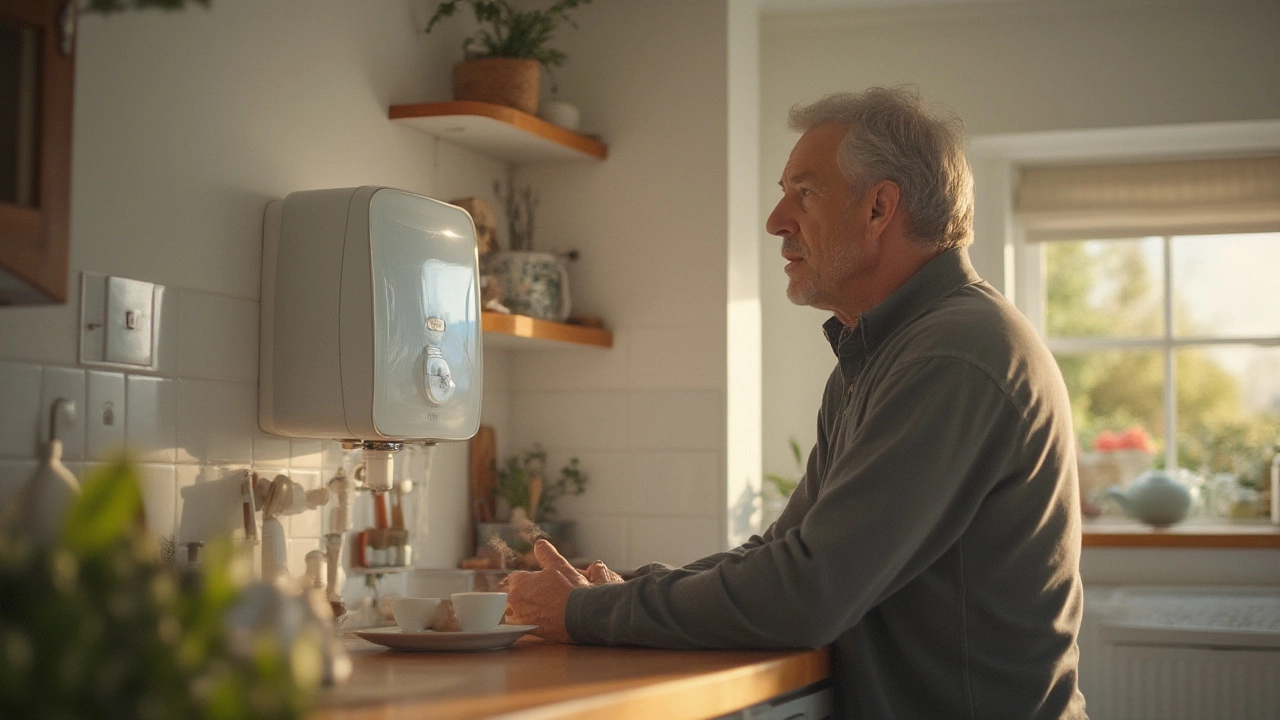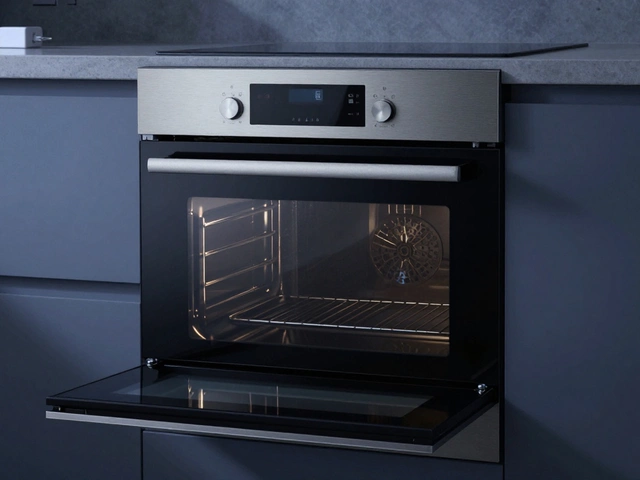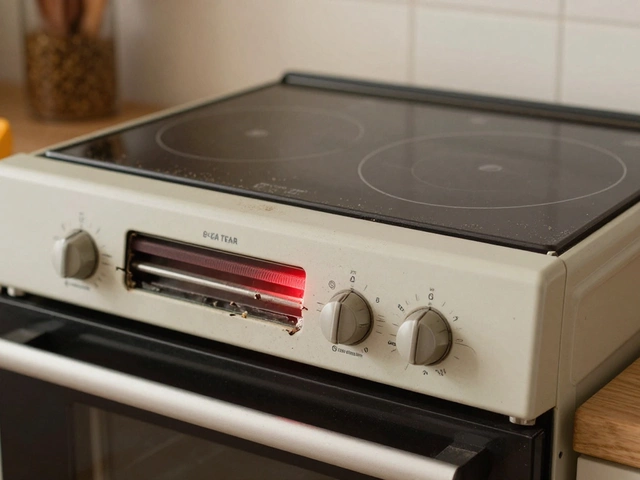Home Hot Water Issues
When dealing with home hot water issues, any situation where hot water behaves unpredictably in a residence. Also known as hot water problems, these hiccups can waste time, raise bills, and drive you crazy. Below we break down what usually triggers them and how you can spot the culprit before calling a pro.
One of the first things to check is the water heater, the device that heats and stores water for domestic use. A faulty heating element, a broken thermostat, or sediment buildup can all lower output temperature. If the heater’s pilot light won’t stay lit or the electric coil shows resistance, you’re likely looking at a direct water heater problem. This component often dictates whether you get consistently warm water across the whole house.
Key components that affect hot water
Even a healthy water heater can’t deliver heat if the mixing valve, the valve that balances hot and cold water before it reaches fixtures is out of adjustment. A stuck valve may send too much cold water to the bathroom while the kitchen stays hot, creating the classic "hot in kitchen, cold in bathroom" scenario. Adjusting or replacing the valve is a cheap fix that solves many uneven‑temperature complaints.
The boiler, a central heating system that also supplies hot water in many UK homes is another common source of trouble. Low pressure, a broken heat exchanger, or a failing gas valve can shut off hot water entirely. When the boiler trips a safety switch, you’ll notice the whole house going cold, not just a single tap.
Don’t overlook the shower, the fixture that combines water flow with temperature control. Many modern showers use a thermostatic cartridge; if that cartridge leaks or wears out, the shower may stay lukewarm even though other taps are fine. Swapping the cartridge usually restores proper temperature regulation.
Temperature sensors and thermostats also play a role. A mis‑reading thermostat can tell the heater to stop heating too early, leaving water cooler than expected. Checking the thermostat setting and, if needed, calibrating it can prevent recurring dips in temperature.
Plumbing layout matters, too. Long pipe runs or poorly insulated trunks can lose heat before water reaches the fixture, especially in older homes. Adding pipe insulation or rerouting sections can boost the delivered temperature without any appliance replacement.
All these pieces—water heater, mixing valve, boiler, shower cartridge, thermostat, and pipe insulation—interact like a chain. If one link fails, the whole system shows symptoms of home hot water issues. Understanding which link is most likely to break based on the pattern you see (e.g., only the upstairs bathroom is cold) saves you time and money.
Below you’ll find a collection of articles that dig deeper into each of these components, offer step‑by‑step diagnostics, and explain when you should DIY and when it’s smarter to call a qualified technician. Use them as a roadmap to get your hot water back where it belongs.
Worried your water heater's not performing? Learn straightforward ways to check if it's working right, spot early signs of trouble, and handle basic fixes.


